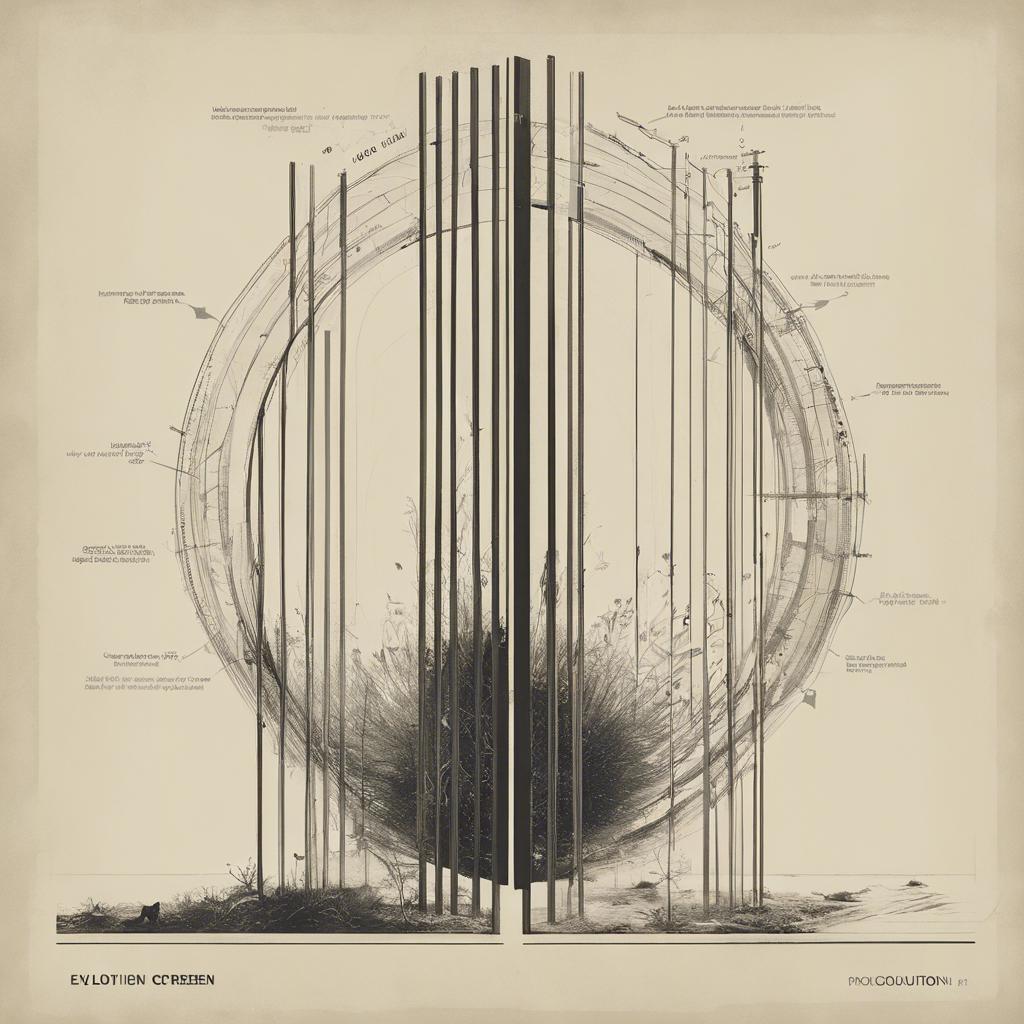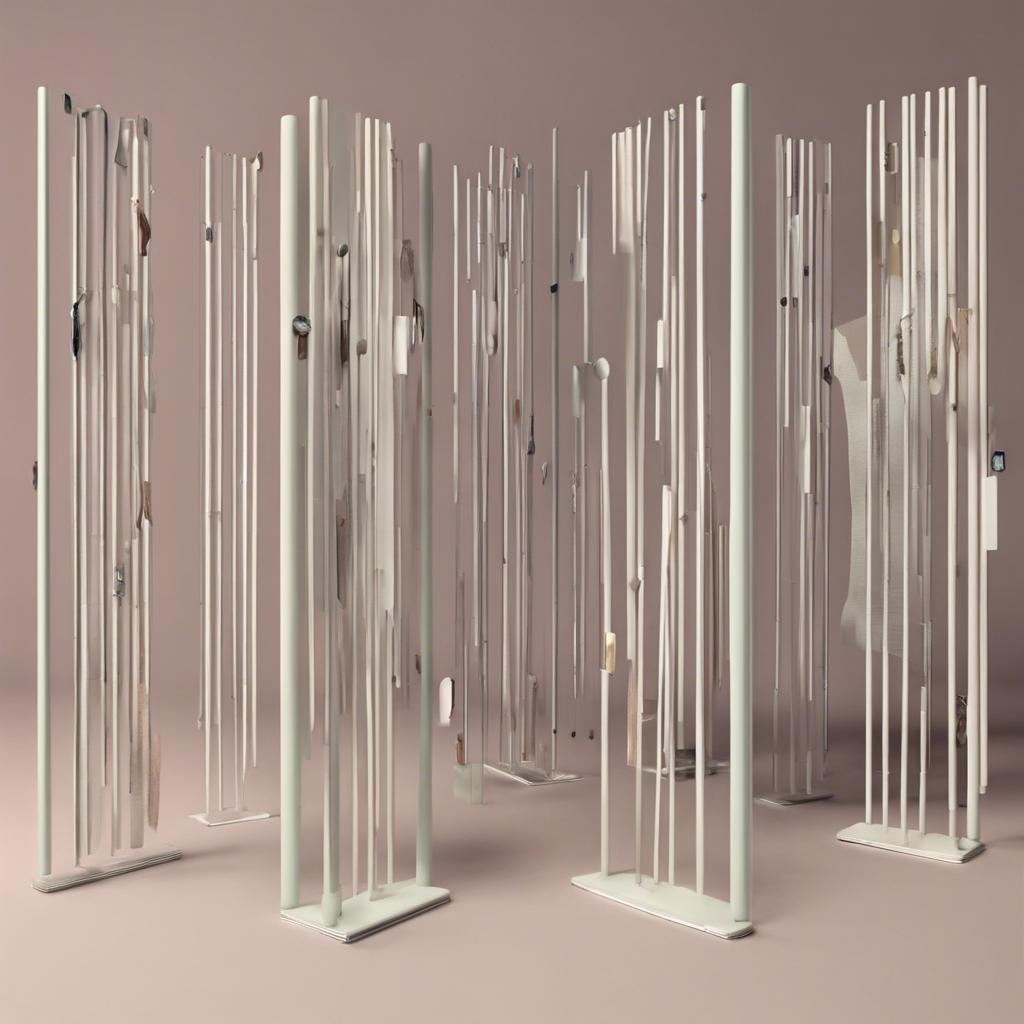Throughout history, decorative screens have served as both functional and ornamental pieces of furniture, adorning households with their intricate designs and providing practical solutions for privacy and protection. Amongst the array of screens used in interiors, the pole screen holds a unique place, distinguished by its tall slender frame and adjustable screen attached to the top. Originating in the late 17th century, the pole screen has evolved over the centuries, reflecting changing tastes in design and interior decoration. In this article, we delve into the history and significance of the pole screen, exploring its enduring appeal and enduring presence in the world of decorative arts.
Step Into the World of Cheryl Bolen
Dive into the enchanting stories of love, intrigue, and elegance set in the Regency Era. Cheryl Bolen's novels offer timeless romance and captivating tales that will leave you wanting more.
Explore Cheryl Bolen's Books Now
Evolution of the Pole Screen: A Look Back at Its Origins
The pole screen has a rich history dating back to the 18th century, where it was initially used as a functional piece of furniture to shield the face from the heat of an open fire. The design typically consisted of a decorative screen attached to a long pole, allowing the user to adjust the position of the screen to block the heat. These early pole screens were often adorned with intricate embroidery or hand-painted designs, adding a touch of elegance to the room.
Over time, the pole screen evolved from a purely functional item to a decorative accessory in interior design. As manufacturing techniques advanced, pole screens began to feature more elaborate and ornate designs, incorporating materials such as brass, wood, and silk. The screens became larger in size, with intricately carved frames and luxurious fabric panels, making them a statement piece in any room they were placed.
In the modern era, the pole screen continues to be a popular choice for those looking to add a touch of vintage charm to their homes. While the functionality of the pole screen may no longer be necessary due to advancements in heating technology, its aesthetic appeal and historical significance make it a timeless piece of furniture. With contemporary designers putting a modern twist on the traditional pole screen, this classic accessory remains a beloved staple in interior design.
Functional Design Features of the Pole Screen and Its Practical Uses
The pole screen is a classic piece of furniture that originated in the 18th century and was popular in Europe and America. It consists of a decorative screen attached to a pole, which can be adjusted in height. The screen is typically made of silk, embroidered fabric, or tapestry, and is often adorned with intricate designs and patterns.
One key functional design feature of the pole screen is its ability to shield a person sitting by the fireplace from the heat and glare of the fire. The screen can be rotated or adjusted to block unwanted light or heat, providing a more comfortable and enjoyable sitting experience. In addition to its practical use, the pole screen also serves as a stylish and elegant addition to any room, adding a touch of sophistication and charm.
Aside from its decorative and functional purposes, the pole screen has practical uses as well. It can be used to divide a room or create a sense of privacy in a large open space. Additionally, the screen can be used to display artwork, photographs, or other decorative elements, making it a versatile and multi-functional piece of furniture.
Importance of Material Selection in Pole Screen Manufacturing
In the world of pole screen manufacturing, the selection of materials is of utmost importance. The choice of material not only affects the durability and longevity of the pole screen but also influences its overall aesthetic appeal. One of the most commonly used materials for pole screens is brass, known for its durability and ability to withstand the test of time.
Another popular material for pole screens is wood, which adds a touch of elegance and sophistication to any room. Different types of wood, such as mahogany or oak, can be used to create unique and beautiful pole screens. Wood is also easily customizable, allowing for intricate designs and carvings to be added to the screen.
For those looking for a more modern and sleek look, stainless steel is a popular choice of material for pole screens. Stainless steel is not only durable and long-lasting but also easy to clean and maintain. With its minimalist design, stainless steel pole screens are perfect for contemporary interiors.
Professional Tips for Maintaining and Preserving Your Pole Screen
Pole screens are a beautiful and timeless piece of furniture that add elegance to any room. To ensure that your pole screen remains in pristine condition for years to come, follow these professional tips for maintaining and preserving it:
1. Avoid direct sunlight: Direct sunlight can cause the fabric on your pole screen to fade over time. To prevent this, position your pole screen away from windows or use curtains to block out harsh sunlight.
2. Regular dusting: Dust and dirt can accumulate on the fabric of your pole screen, so it’s important to regularly dust it with a soft cloth or a feather duster. Avoid using harsh chemicals or cleaners, as they can damage the delicate fabric.
3. Rotate the screen: To prevent uneven wear and tear on the fabric of your pole screen, make sure to rotate it regularly. This will help ensure that the fabric wears evenly and prolong the life of your pole screen.
Final Thoughts
the pole screen has played a significant role in the history of interior design, serving as both a functional and decorative object in households for centuries. Its origins can be traced back to the European Renaissance period, where it provided a practical solution for shielding individuals from the heat of the fire. Over time, the pole screen evolved in design and style, reflecting the changing tastes and trends of each era.
Despite its decline in popularity in modern times, the pole screen continues to be a cherished antique piece, admired for its craftsmanship and historical significance. As we look back on the rich history of this humble yet elegant piece of furniture, we are reminded of its enduring legacy in the world of interior décor.
Whether used as a practical tool or a statement piece in a traditional setting, the pole screen remains a timeless reminder of the artistry and ingenuity of the past. Its presence in homes and museums around the world serves as a testament to its enduring appeal and importance in the history of decorative arts.


